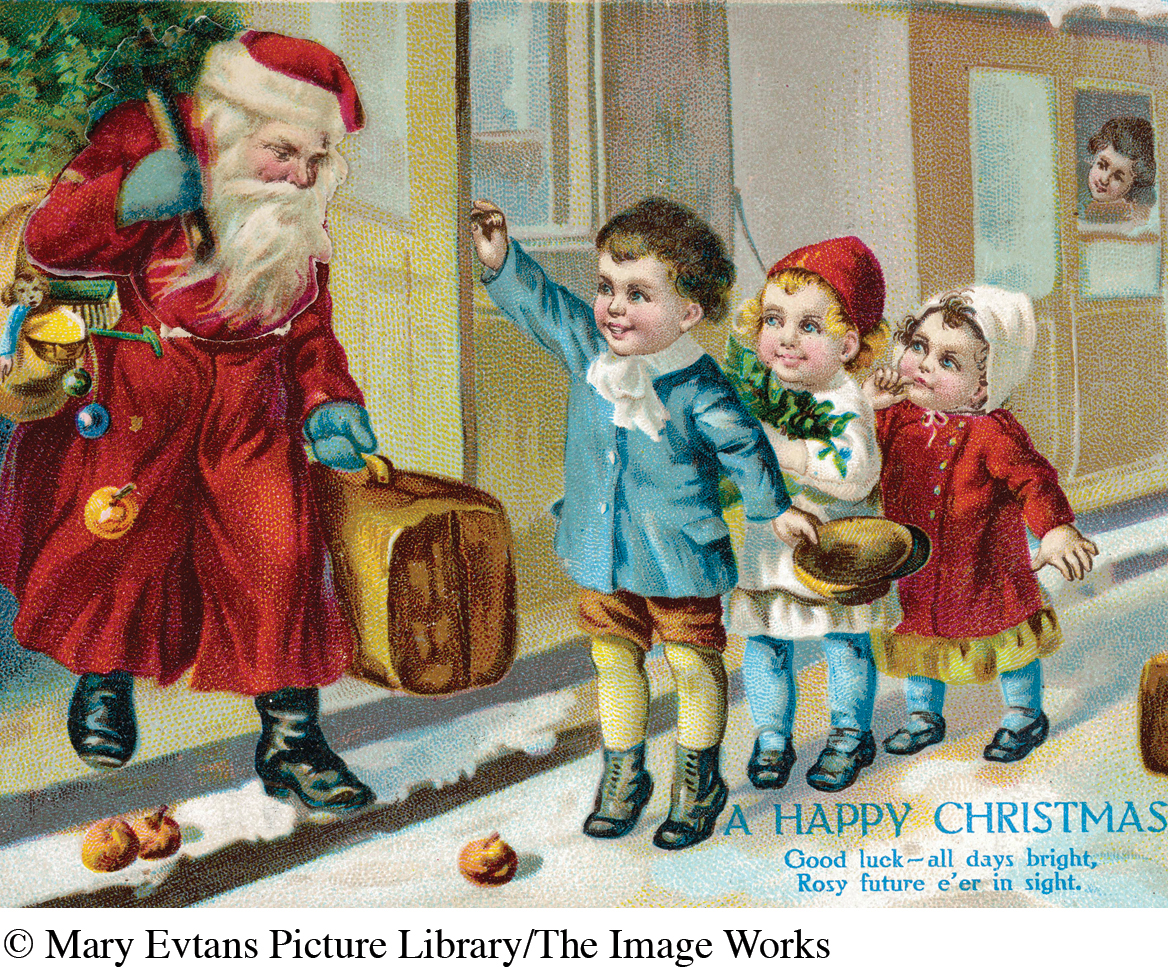The Gift of Active Listening

When we are newborns struggling to make sense of a world filled with mysterious noises, we quickly learn to listen. Long before we recognize written words as having meaning, and long before we can produce our own words, we come to understand the words of others. Our lives as interpersonal communicators begin at that point.
It is ironic, then, that this first communicative gift shared by human beings—the gift of listening—poses so many challenges for us when we reach adulthood. We struggle with listening in part because it is exceptionally demanding. Active listening requires dedication to mastering knowledge, hard work in practicing skills, and the motivation to continually improve.
Yet when we surmount the challenges of active listening by focusing our attention, training our memories, adapting our listening styles, and avoiding incompetent listening, an amazing thing happens. The activity that we originally mistook as passive begins to crackle with the energy of opportunity. For when we actively listen, the words and worlds of others wash over us, providing us with rich and unanticipated opportunities to move beyond the constraints of our own thoughts and beliefs and to forge interpersonal connections with others.
POSTSCRIPT

We began this chapter with an iconic gentleman dressed in a red suit. Millions of children around the world line up each year to talk with Santa, and within each of those precious encounters, Santa not only listens but shows that he is listening.
Who in your life lines up to wait for a chance to talk with you? When others come to you in anticipation, hoping to be heard, do you offer a metaphorical (or literal) knee to sit on? Do you encourage them, “Tell me . . . ,” and then patiently and attentively listen as they share their thoughts, feelings, and desires?
We often count on others to listen to us, forgetting that active listening works both ways. But when we embrace active listening as something that we ourselves do—not just something we count on others to do—we create a safe space within which people will share themselves with us and, through that point of connection, create trust and kinship.